Key Alcohol Trends 2025
Alcohol trends have been in the spotlight in recent months as consumers embraced the challenge of going alcohol-free for Dry January and February. At Environics Research, we wanted to gain firsthand insights into the key trends shaping the beverage alcohol industry, so we interviewed our colleagues about how their drinking habits have changed in recent years.
A surprising trend we heard across all generations (from Gen Z to Boomers) was a growing emphasis on mindful drinking. In recent years, they have become more conscious of how they drink alcohol and moderated their consumption. Mindful drinking contributed to lower alcohol intake among our colleagues but influenced their drinking habits in different ways.
Pictures: Our team visited Sobr Market in Toronto, Ontario to explore and sample some non-alcoholic beverages. Sober Market is one of Canada’s leading retailers and distributors of alcohol-free wine, beer, and spirits.

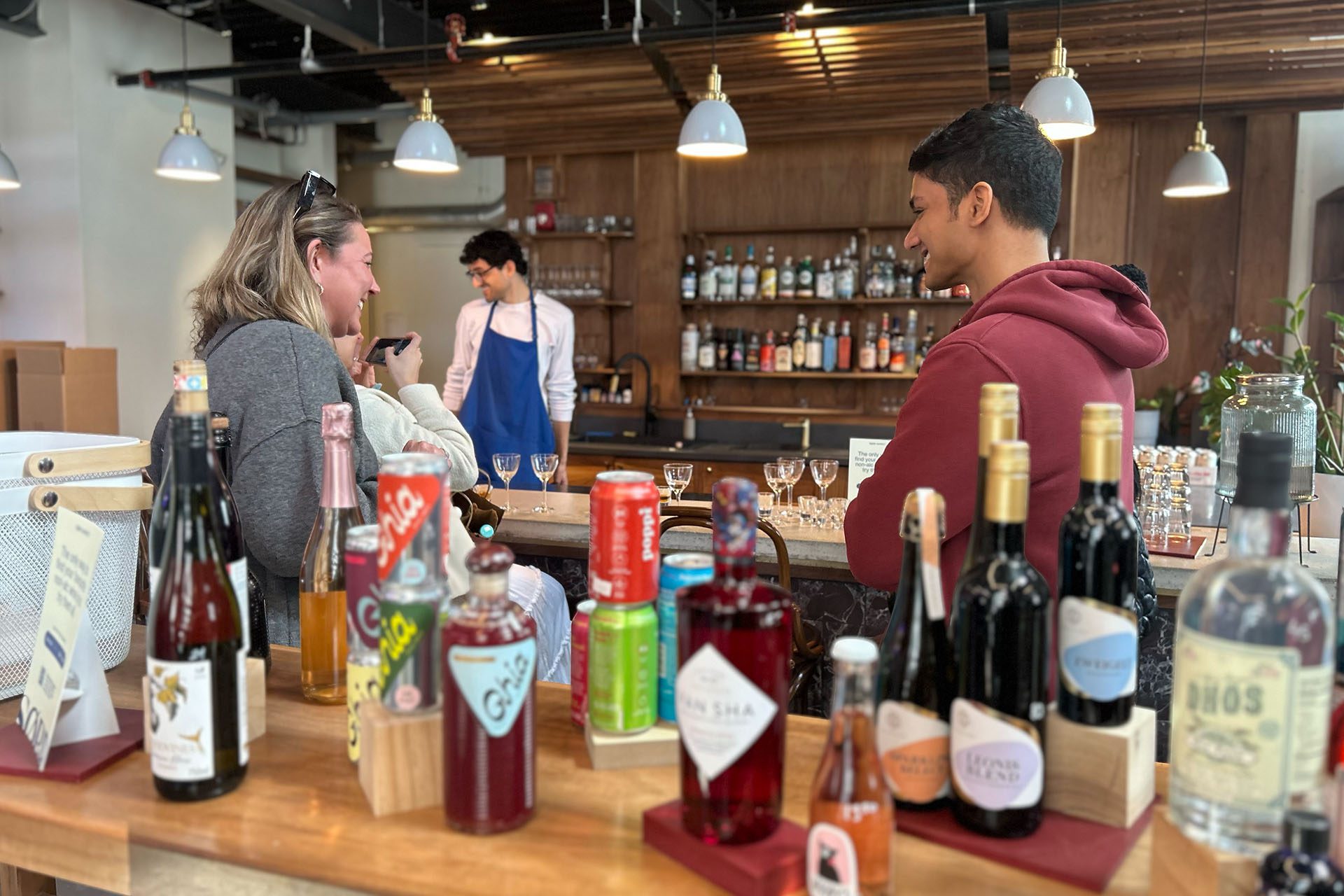

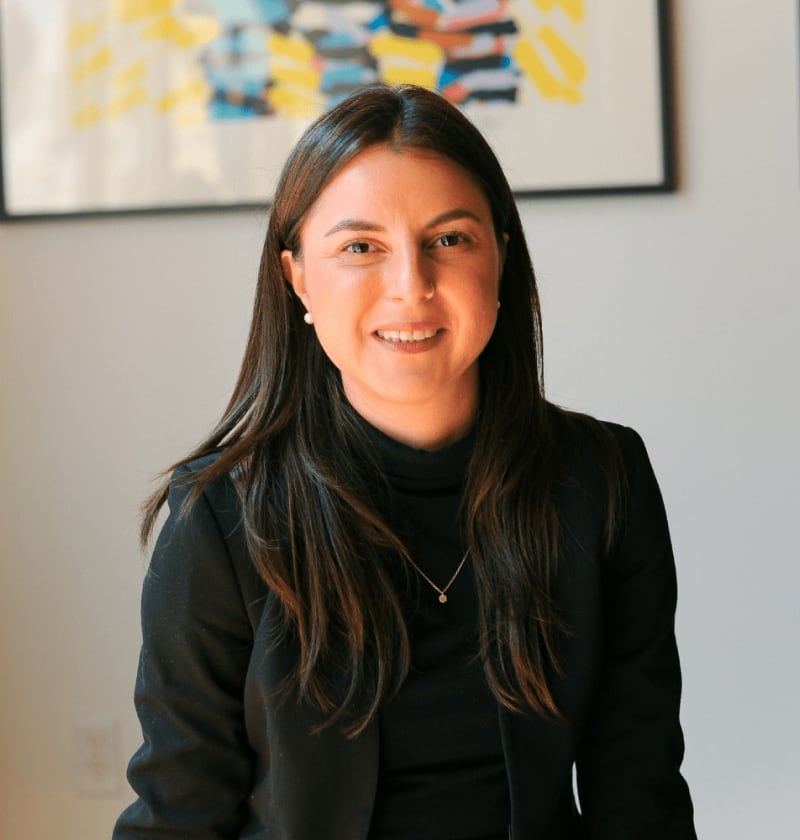

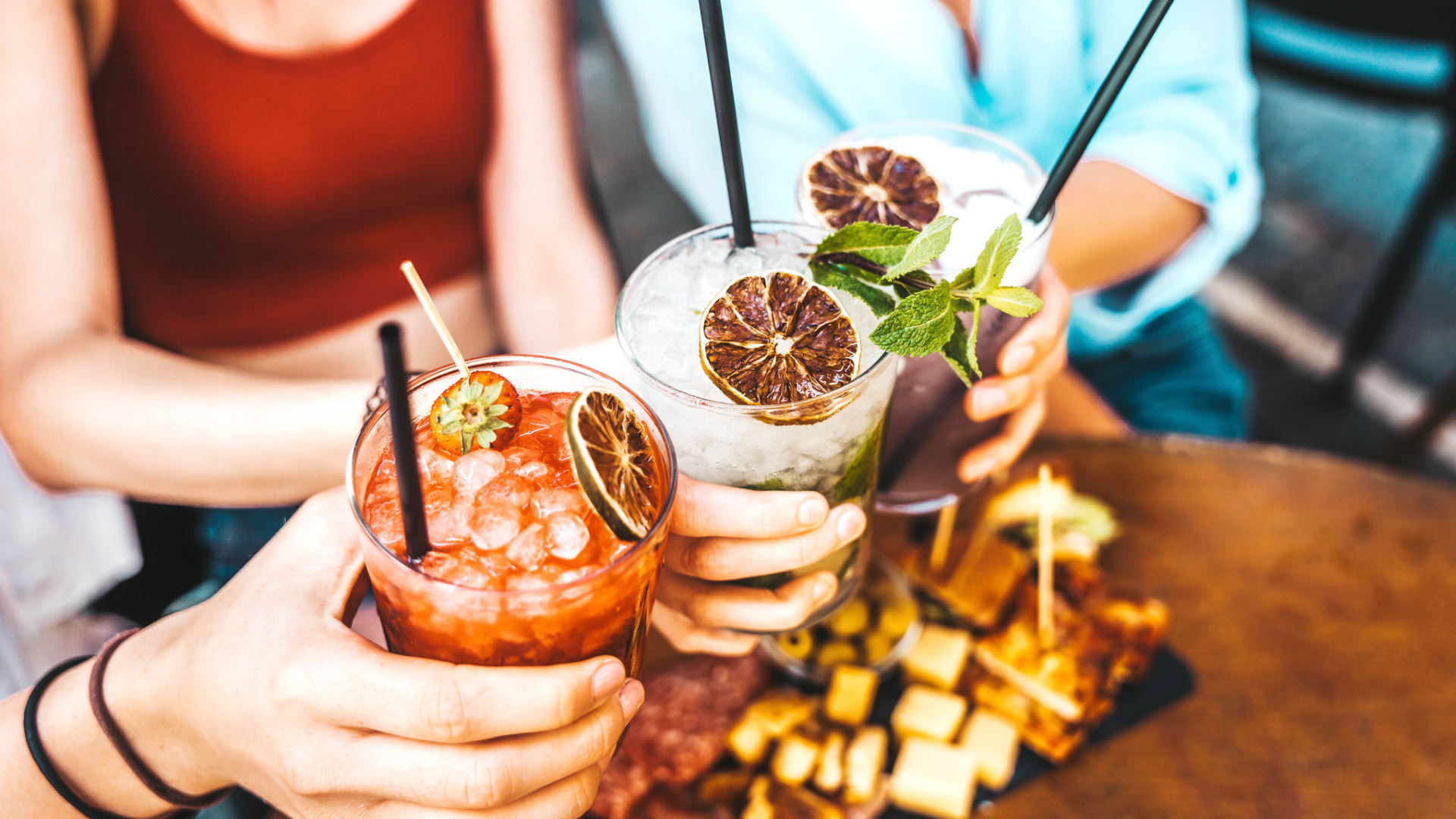
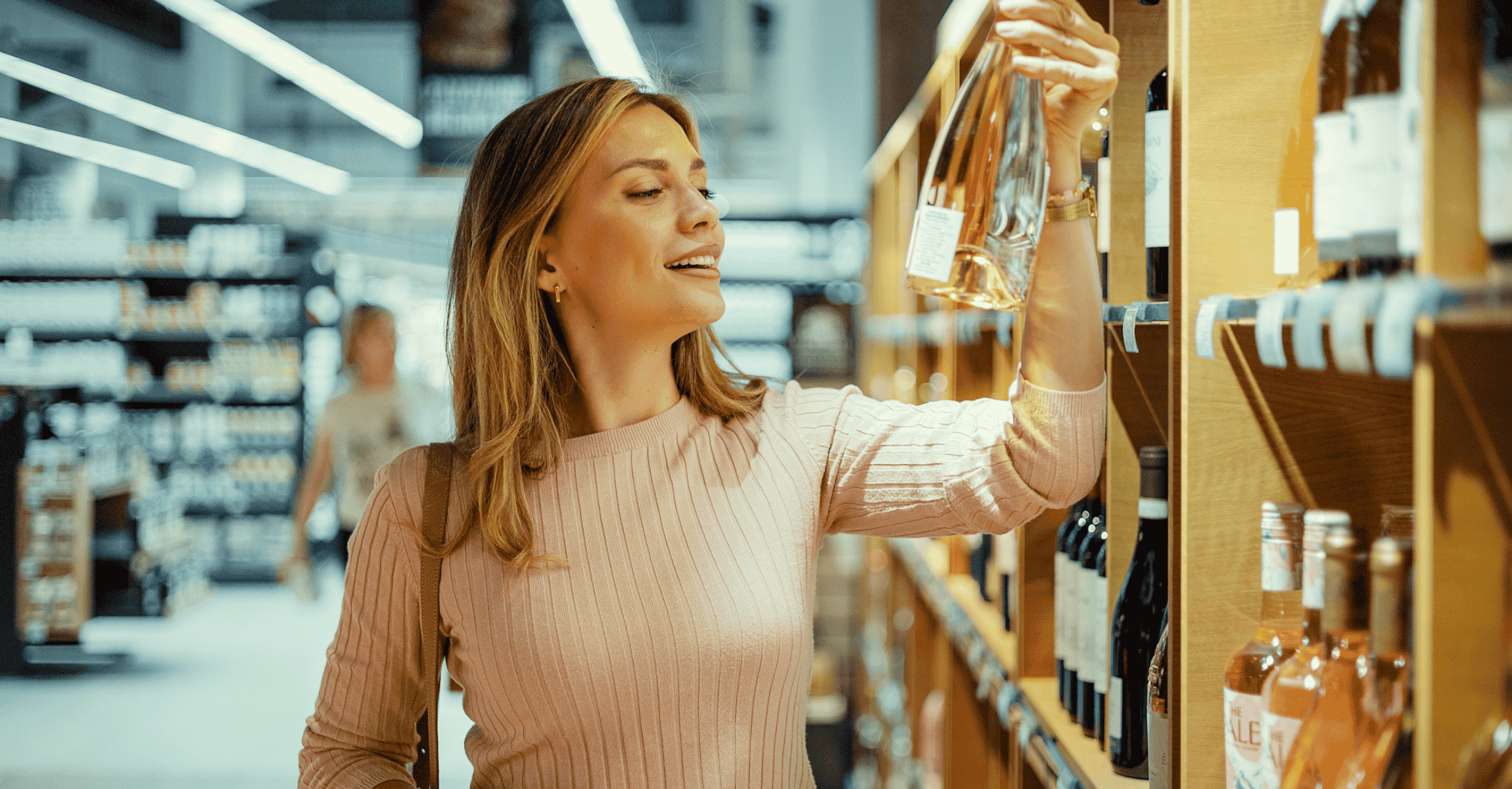
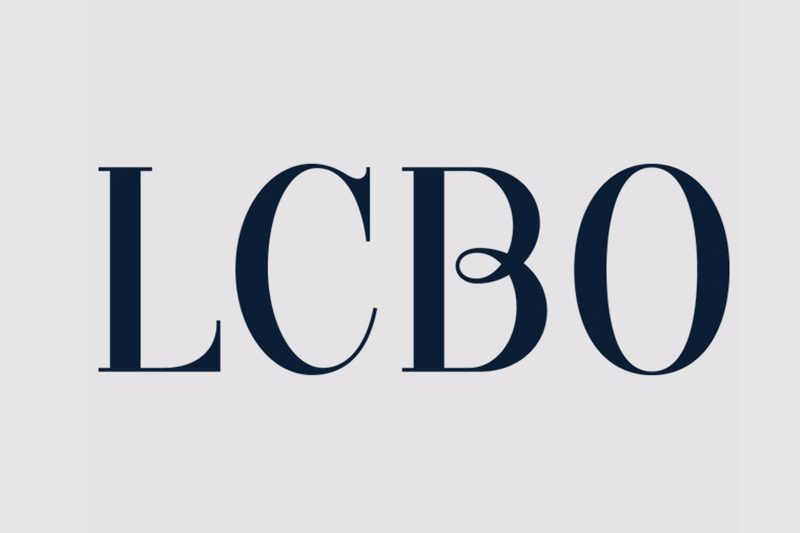

Effort Toward Health
Pursuit Of Novelty
Brand Genuineness